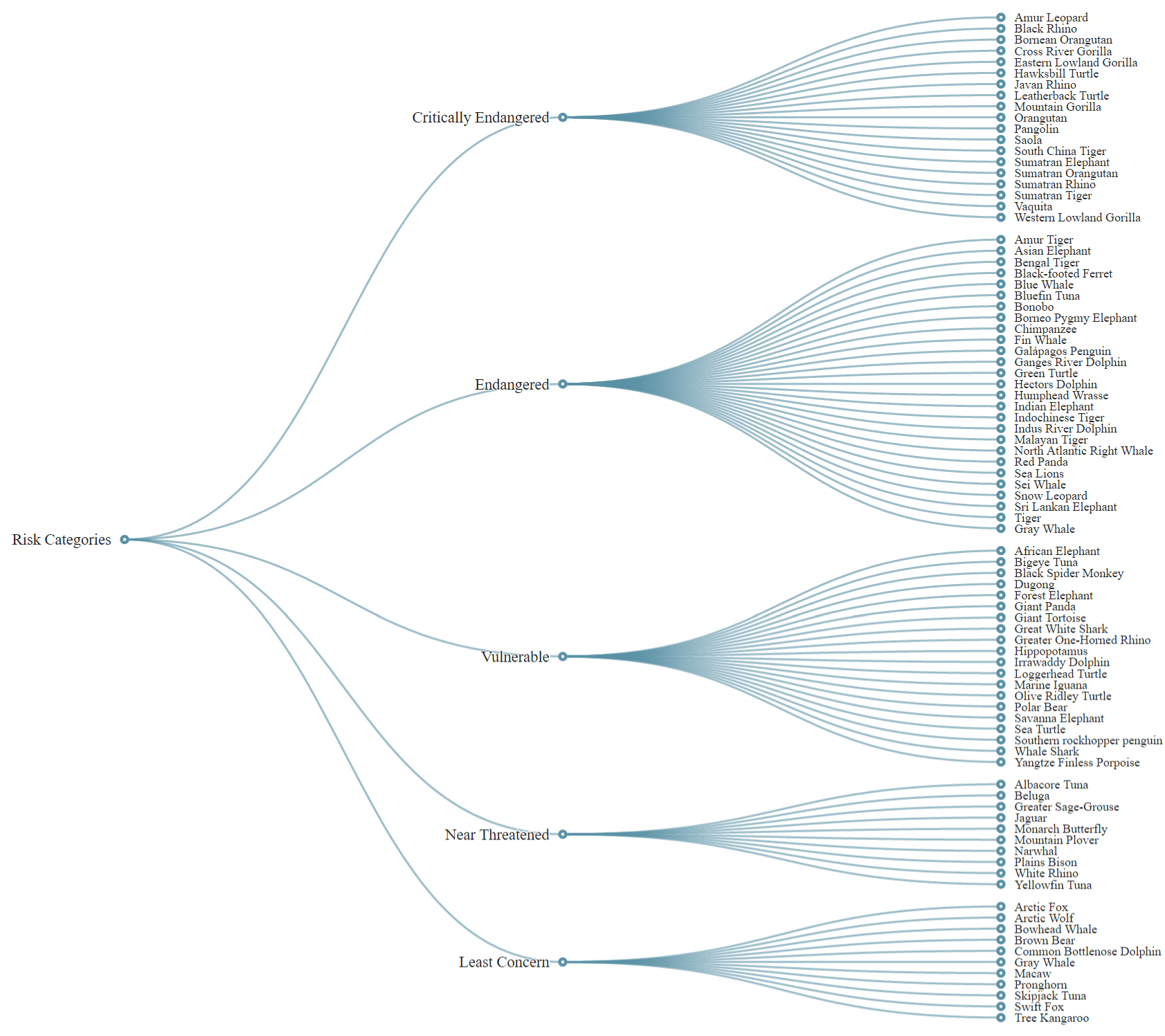Humans have vastly exploited the environment to sustain their own needs, often forgetting the ecological balance needed to sustain the biodiversity.
Living Report Planet 2016, published by WWF, proposes an idea which was first coined in the mid-1970s. It calls for a shift from the Holocene period - the era of Human Civilization to a new geological period called the "Anthropocene". Anthropocene will be described as a period of significant human impact on our climate, forcing rapid changes in the environment. Oceans are becoming acidic and entire biomes from temperate rainforests to coral reefs are disappearing. These magnitudes of impact suggests that there will be a sixth mass extinction on Earth. All the previous five mass extinction took place in a period ranging from a few hundred thousand to millions of years, but Anthropocene will be with the fastest change over a very short period of time. This will be the first time the reason for mass extinction will be the activities of mankind.
Hover over the animal bubbles for more information(only on Desktop).
